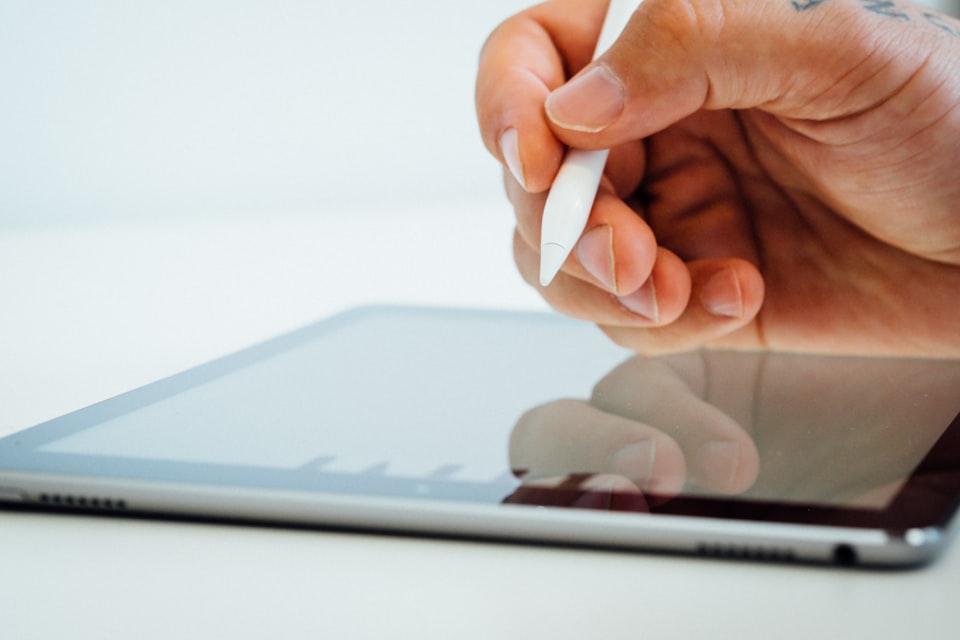How the iPad made lockdown productive

Here in New Zealand we spent five weeks at lockdown level 4 and two weeks at level 3.
For most of us that meant staying at home apart from exercise, trips to buy food or urgent medical appointments.
Above all it meant working and being entertained at home. For that you need a computing device, the right software and decent connectivity.
iPad ticks all the boxes
Phones, tablets and personal computers all fit the bill, but for many New Zealanders the one that delivered best on all counts turned out to an iPad.
It could be any iPad. In my case it was the 12.9-inch iPad Pro, but most of what I’m about to say could equally apply to a basic NZ$600 model
The iPad has the perfect combination of features for working at home. The screen is much bigger than on a phone.
Videoconferencing is a breeze. If you are lucky enough to work with other Apple users the FaceTime app is excellent. We used it for three way catch-ups with our daughters who were locked down elsewhere.
Not everyone you deal with chooses Apple kit. Zoom and most other popular videoconference tools work fine on the iPad. In fact many people find they work better on the iPad than anything else.
That’s entertainment
The iPad is also great for watching Netflix and other online entertainment. Sadly there was no sport in the lockdown, but it’s great to cuddle up warm in the wee small hours to watch matches beamed in from the other side of the world.
All iPads are good for video, the 12.9-inch screen is better for older, weaker eyes. It’s also possible to wirelessly connect the iPad to a big TV screen. In our case we use a Chromecast.
Add a keyboard to an iPad and it becomes a basic computer. You can surf the web, read and compose emails, write blog posts like this one or even wrangle Office apps like Microsoft Word and Excel.
It’s possible to write without a keyboard. I’ve posted elsewhere about my keyboard-free iPad writing experience.
Yet a real keyboard is better. I have an Apple Magic Keyboard, the iPad Pro Smart Keyboard and a couple of older Logitech Bluetooth keyboard. All work a treat.
iPad creativity
There are creative apps. My iPad doubles as a music workstation, photo editing terminal and games machine. Apple’s Pencil helps when it comes to fine drawing or other on screen work.
I also download magazines, books, audio books, podcasts and music. It’s a great reader.
Yes, you can do all the above with a phone. Yet the bigger screen improves everything, except portability, which isn’t a huge deal in a lockdown.
Best of all the iPad’s form means you can do all these things from a desk, from the dining room table, from the deck, sofa or the bed.
Value
Apple iPads can be good value. As already mentioned the cheapest full size model costs NZ$600.
That’s much cheaper than an equivalent phone and, by the time you’re added a keyboard, the price is on a par with everyday laptops.
That basic iPad will done everything, although it may wheeze a little with more demanding create apps.
While the basic iPad is a bargain at $600, you may be reading this and thinking you could economise further with a cheaper tablet. There are pitfalls with that plan.
A cheaper tablet will have a lower quality screen. In general it will be slower than the iPad and may not be so flexible with software choices.
You’ll need to budget extra for a keyboard. There are excellent Logitech keyboards for around $170. These will also protect your iPad. The Apple Magic Keyboard doesn’t hook up direct to the iPad – I use a stand when I wrote on the iPad with this keyboard. It costs $150.
Apple’s Smart Keyboards are pricey. The 11-inch model costs NZ$330 while the 12.9-inch iPad Pro Smart Keyboard costs $359. I find they work the best, but they bump up the entry price a lot.
Storage
The other cost to consider is buying more storage with your iPad. The basic model comes with 32GB. That’s fine if you are at home and have an external hard drive or a cloud account with plenty of storage. I’d recommend finding the extra $180 to get the 128GB model.
Adding a keyboard and storage takes the price up to around the $1000 mark. If you don’t have a specific need for a laptop and there is maybe already a more traditional computer at home, this would be good choice.
Is it good value? It depends on how you use technology.
It clearly is good value for me. Apple recently added an iPadOS app that tells you how much time you spend with the device. During a typical lockdown week I was spending about 45 hours on the iPad and less than an hour on the iPhone.
Member discussion